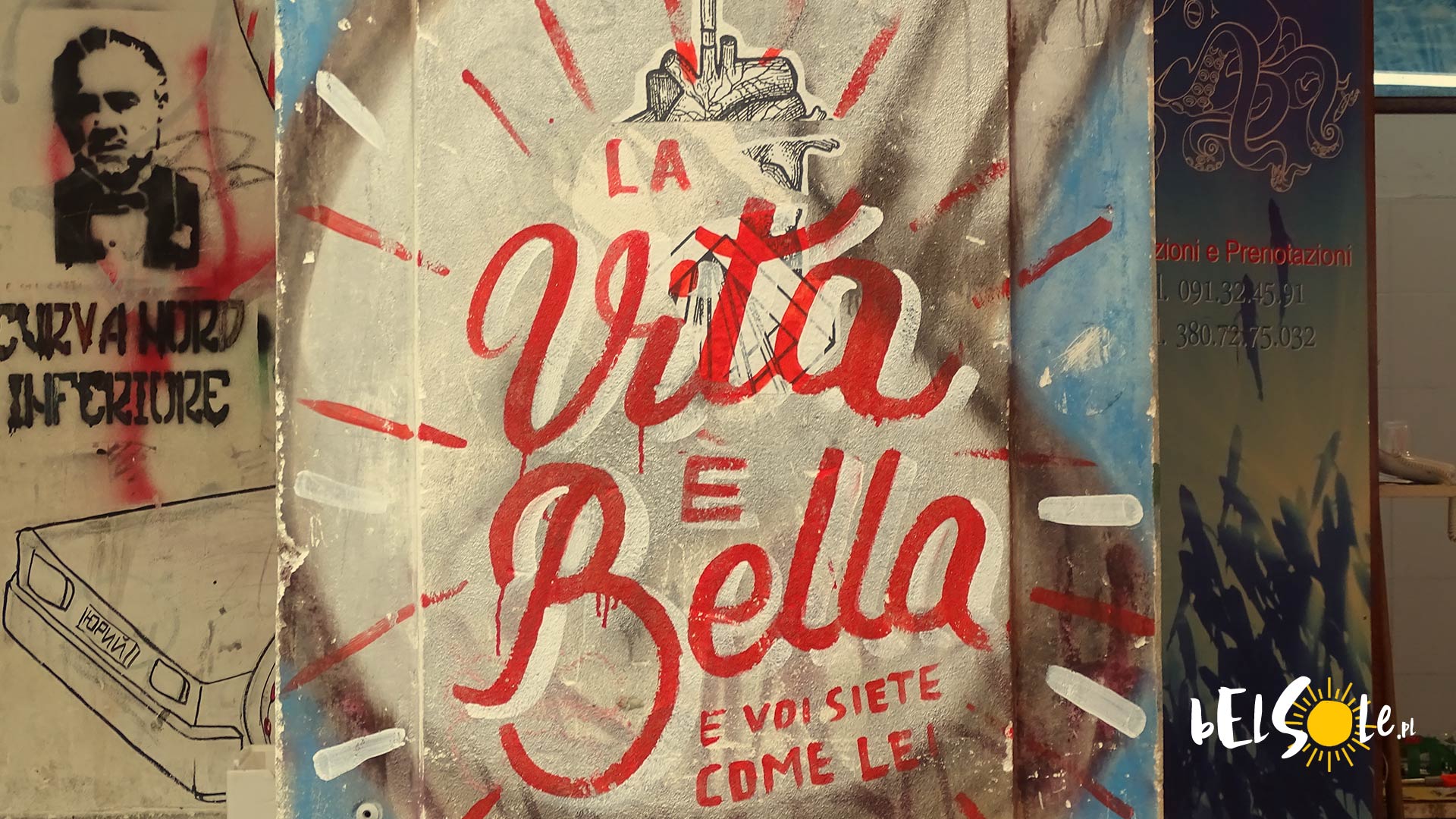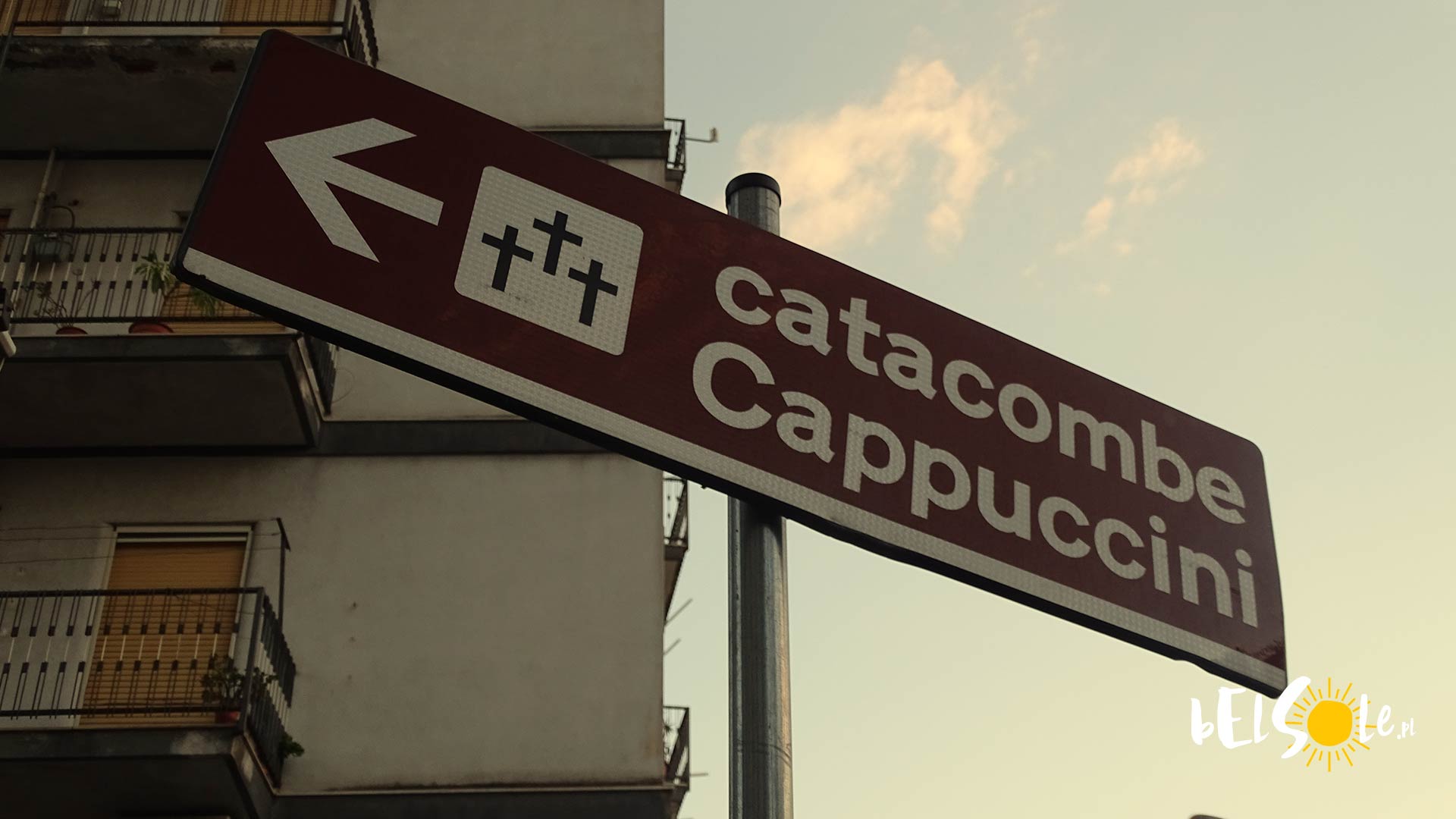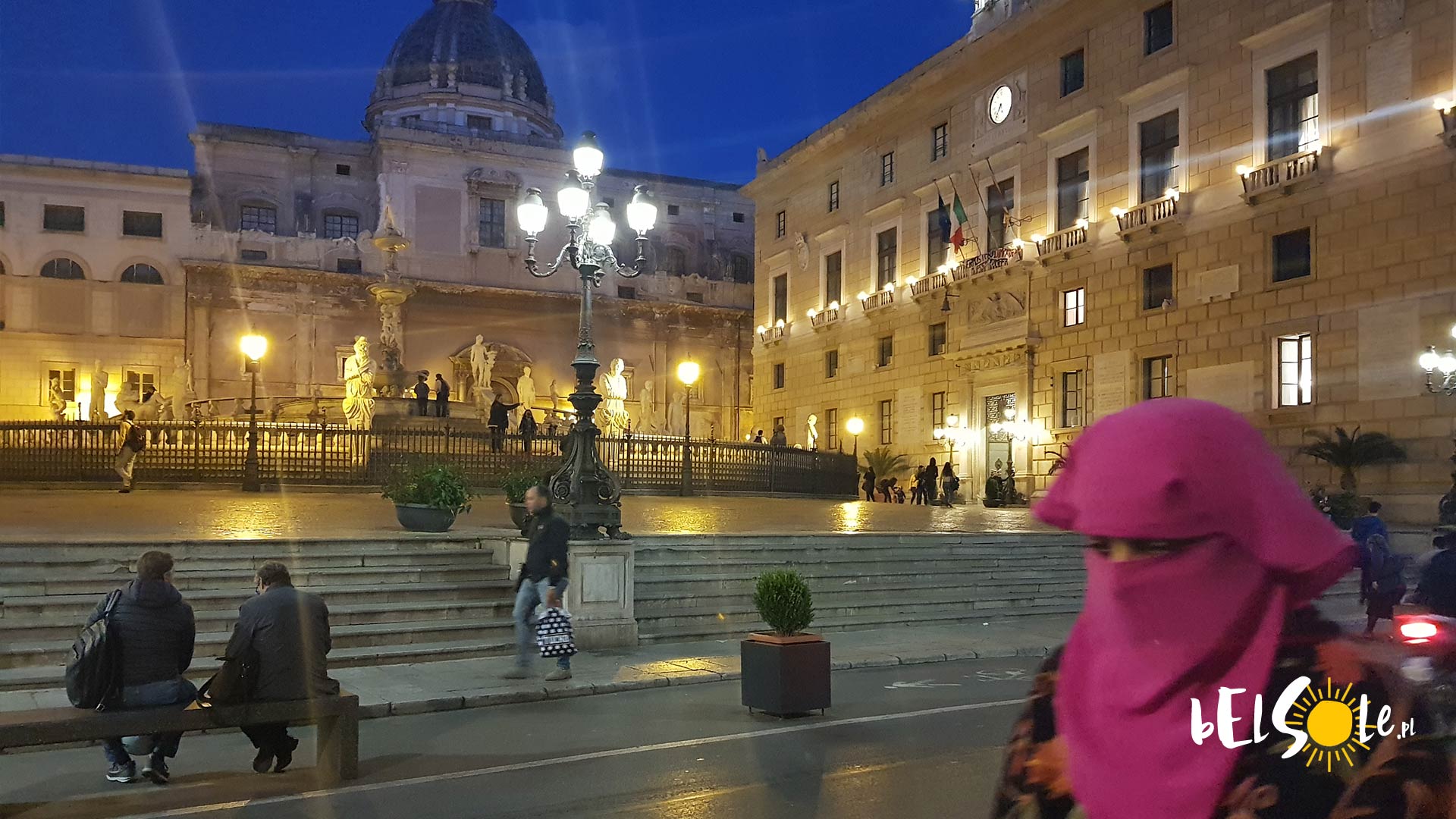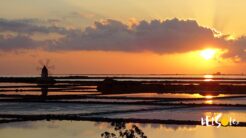Oftentimes, tourists come to Palermo for a one-day trip, they run from monument to monument, and, tired, they leave the city, somewhat disappointed. That’s why we recommend a slightly longer stay, at least a three-day one. With our guide, you’ll surely find plenty to do, especially if you set your expectations properly right from the start – Palermo is not a seaside resort. Instead, you get a grim, unsettling city, which has this unexplainable feel to it. So, which places to see in Palermo? Which attractions to visit?
What to see in Palermo?
Palermo can be easily experienced without any external transport, as the majority of the main attractions are all stuck in one intersection – the Via Vittorio Emanuele and the Via Maqueda streets. Even if we want to visit some place outside the centre, like the Zisa Palace or the Capuchin Catacombs, you can still get there by foot without too big a hustle. If you don’t feel like it, you can always use the public transport.
Speaking of public transport in Palermo, it’s handled mainly by the AMAT company. From the centre of the city, we have access to a bus station but also to four train lines. We can buy the tickets directly from the driver or from a ticket booth, but the ones bought from the driver are slightly more expensive. In most places, we’ll get materials and descriptions in English. Alas, churches operate only in Italian. What’s worse, that also applies to the schedule panels in front of the temples.
The official information point for tourists is located at Via Principe di Belmonte 92, and operates from Monday to Friday, between 8:00 to 14:30 (till 18:30 PM on Thursdays). It’s worth mentioning, that the MICRO organisation ( VisitPalermo.it ) has its own information centre, open all week, at Via Alloro 19.
Here you can also read about the Monreale Cathedral.
Cattedrale di Palermo, the Palermo Cathedral
How much does it cost to enter the Palermo Cathedral? When is it open?
The cathedral’s clearly the biggest tourist attraction in Palermo. This magnificent, massive temple came to be as a result of a merge of a few cultures and architectural styles. The eastern facade of the cathedral maintained its original, Norman style. It consists of three apses, circular arches and curved parapets. The southern side, on the other hand, allures with its gothic-catalonian portico, through which we enter the cathedral. What’s interesting, one of the columns, which is marked with an early Arabic message, comes from a mosque. Above the entrance, we can see the 13th century’ mosaic presenting the Virgin Mary, with a golden background. The cathedral’s bell tower comes from the 12th century, although it was rebuilt in 1840.
It’s wise to commit at least half an hour of visit to the cathedral’s roof, which offers us incredible views of the entire city. One can remain on the roof for up to 20 minutes, besides we can only enter it in set hours (9:00 to 13:30), and it costs 5 EUR per person.
Palazzo dei Normanni (Norman Palace)
What else to see in Palermo? The Norman palace was built in the 9th century by the Arabs, for their Emir. During the Norman rule, the palace became even more magnificent. Its Norman structure remains visible on the northeastern side, with its immaculate stone blocks and the blind arcades. Inside the palace, you’ll find a square hall, above which in 1791 an observatory was built. The Sala di Ruggiero deserves some special attention as well, fully covered with various mosaics presenting mainly hunting scenes.
To finish off the visit nicely, take a stroll down the Villa Bonanno garden, which is certainly one of the most visually pleasing ones in all of Europe. How much do the tickets cost and when does it open? Entry cost is 12 EUR, and the garden’s open from 8:15 to 17:45 (till 13:00 on Sundays).
Cappella Palatina
One of the next main attractions in Palermo is the Norman church, which got consecrated in 1140. Mosaics present inside the chancel have been probably finished around 1143, in 1350 an additional mosaic was added, present on the western wall, between Paul and Peter, showcasing Jesus. The cathedral’s a home to an almost mystic shadow, with its wooden ceiling of the main nave, done in an Arabic style, with tiny scenes painted over it, which look incredibly aesthetically pleasing. The pulpit stands on top of beautiful pillars decorated with intarsia.
The Santa Maria dell’Ammiraglio church, commonly referred to as La Martorana, is known mainly for its beautiful 12th century mosaics. Its baroque facade was added later, alongside the bell tower, in the 17th century, after an earthquake occurred.
In 1200, the building got a vestibule and a bell tower added to it. In the 17th century, an open atrium was added to the main construction. In the central point of the church, is the Christ Pantocrator, with a greek quote: “I am the light of the world”.
Archeological museum
What else to see? Well, the Archeological Museum certainly deserves some attention, as it’s home to an incredibly unique collection of exhibits. Museo Archeologico in Palermo is undoubtedly one of the most interesting museums in Italy and hides some globally famous findings.
Inside, you’ll find exhibits from various civilizations, like Greece or Phoenicia. For instance, you can see the Palermo Stone, on which there’s a hieroglyphic list of Egyptian pharaohs of the Old Kingdom (3238-2990 BC). On the ground floor, there’s a terracotta decoration from the Selinunte temple. As for the main hall, there are plenty primitive and classical sculptures, also from the Selinunte temples. On the second floor, you can find a pottery segment, where there are votive statues from Selinunte, or bronzes from the Etruscan, Greek and Roman civilizations.
Catacombe dei Cappuccini (The Capuchin Catacombs)
When in Palermo, we heavily encourage to visit the Capuchin Abbey, known mainly for its catacombs. These underground passages, from the 16th century, were made in volcanic rock, and were used as burial ground till 1881. Inside, a morbid scene awaits the tourists, nearly 8000 mummified corpses, all arranged according to sex and social status. Taking photos is strictly forbidden inside.
Palazzo Abatellis and Galleria Regionale della Sicilia
Palazzo Abatellis was built in 1490, by Matteo Carnelivari. It was ordered by Francesco Abatellis, who was a high-ranking dignitary on the court of the Spanish king, Ferdinand. From the beginning of the 16th century till the second half of the 19th century, it served as a monastery, while nowadays, it became a regional art gallery. This square-shaped building has incredible decorated gates and an external courtyard, while the magnificent painting collection is located in the old palace chapel.
Quattro Canti intersection
The intersection between the Via Maqueda and Via Vittorio Emanuele streets makes for a great landmark in Palermo, which is commonly referred to as Quattro Canti. From here, you can easily get to the Cathedral, the Pretoria Square, the docks and even to the Massimo Theatre. The intersection takes an octagonal shape, decorated in a Spanish fashion. The four walls of Quattro Canti are beautified further by the statues, which create an incredible look in the evening’s light.
Fontana Pretoria – The Fountain of Shame
Near Quattro Canti, one of the most beautiful fountains in Europe can be found. Due to its location, it’s called the Fontana Pretoria, although the historical, original name would be Fontana della Vergogna – The Fountain of Shame.
It earns the title through its 48 naked statues, which angered the nuns from the nearby monastery so badly that they decided to damage the noses of all the male figures. The fountain can also be observed from the top of the St. Catherine’s church. Entering the church’s terrace and the dome is available everyday, from 10:30 to 17:30, for only 5 EUR.
Teatro Massimo
The theatre was built in 1875-1897, by Giovanni Battista Basile and his son, Ernesto. Officially, the theatre opened on the 16th of May, 1897, with the help of Verdi’s “Falstaff”. Teatro Massimo is currently the biggest theatre in Italy, able to contain almost 1400 people. It’s a good idea to pick a tour with a guide. This magnificent object is located in the very heart of the city, so you can easily incorporate it into your touring plan.
Port La Cala in Palermo
The La Cama port is eagerly visited by the tourists, as not only are there lots of yachts, that moor here, there’s also a phenomenal view of the various rock formations in the background.
Although it tends to be quite windy in these parts, the walk to the port is quite pleasant, as we pass by a few churches, some older buildings, and a concerning lack of the tiring Palermo noise, from which we can rest a bit in the port.
The Palermo attraction map
- Palermo Centrale – main station
- Museo Archeologico
- Teatro Massimo
- the Quattro Canti intersection
- Fontana Pretoria – the Fountain of Shame
- The Palermo Cathedral
- Palazzo dei Normanni
- Cappella Palatina
- Catacombe dei Cappuccini
- La Cala port
- Palazzo Abatellis and the Galleria Regionale della Sicilia
















